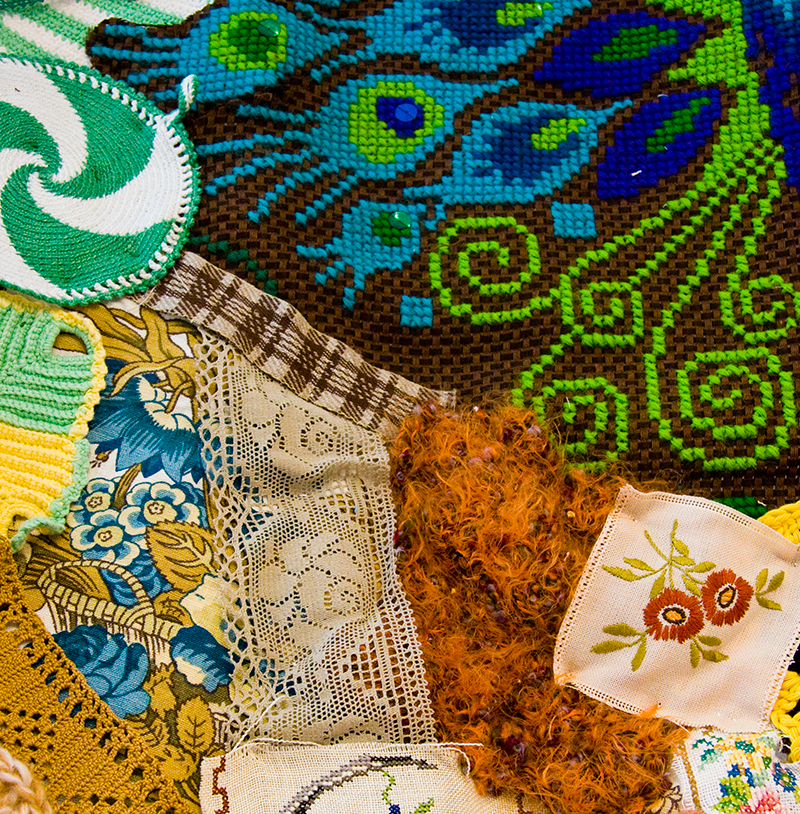One of designs fundamental tasks is to help people deal with change
Designers stand between revolutions and everyday life: they make innovations manageable and approachable, so that they can be embraced and assimilated. For this reason, in the years to come, designers will increasingly be at the nexus of culture, politics, and society. Like physics, design will be loosely divided in to the theoretical and the applied. Theoretical designers will be exquisite generalist, but ready to roll up their sleeves. Applied designers will continue to make objects, never forgetting functionality and elegance. Objects, however, will not always be physical; they will often be shared, not owned; they might be starters that people will complete and customize at home using 3D printers and other on-demand services; or they will be tools that allow, scientists, policy makers and citizens to visualize and manage complex systems.
Design is not only about making things, people, and places pretty.
Like the artifacts of applied design on view here, it is sometimes ugly, but it is always meaningful, and it encompasses all facets of human activity including science, education, politics, and even war.
-Museum of Modern Art, New York











